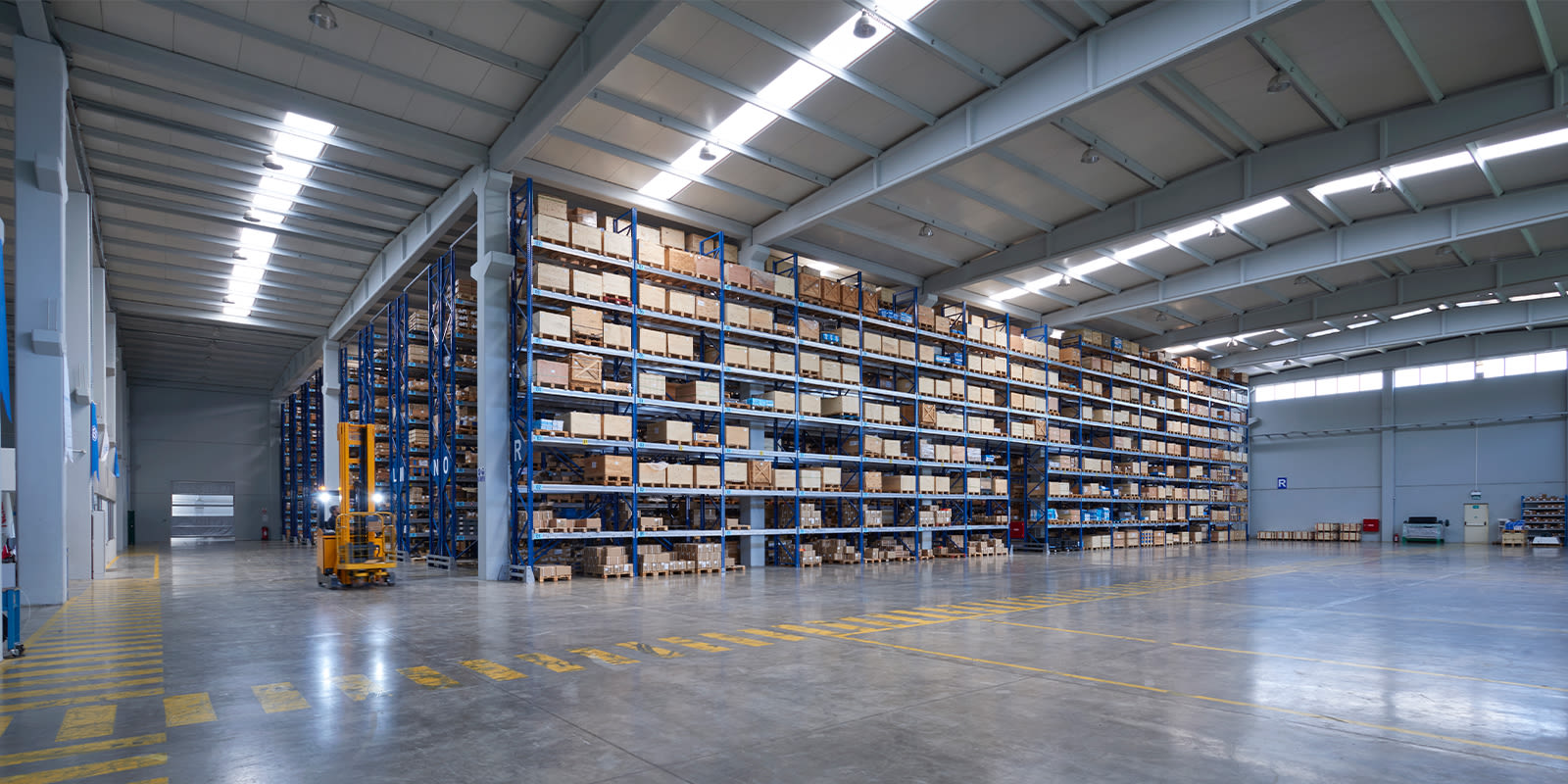
February 7, 2022
Restock Before You Run Out: Smaller Shipments Could Move Crucial SKUs
Tags:
Restock Before You Run Out: Smaller Shipments Could Move Crucial SKUs

February 7, 2022
With ongoing supply chain chaos, companies face a recurring threat: running out of inventory. What if you can’t get goods on a vessel for a month? Or you get them on a vessel, only for it to sit offshore for 3 weeks waiting for an open berth? And with the world waiting to see how we’ll get through the Omicron wave, what’s happening to your stock levels?
If left unchecked, this situation will lead to you selling out of goods and having to turn away business, that’s what. Before that happens, consider small-batch shipments as a way to bolster your restocking efforts. The strategy is simple: Ship smaller amounts of goods via priority ocean or airfreight services to help preserve business continuity. Let’s break it down.
Smaller, Faster Shipments
Low inventory can quickly become an urgent situation. In these cases, Flexport’s LCL may be able to rescue your company from dwindling down to nothing.
It’s not going to solve the capacity crisis, but it could be a quick fix just when you need it.
- Start by making a crucial decision: which SKUs you need ASAP.
- Book your shipment from and to designated LCL ports. These are high-traffic ports throughout Asia, the US, and Europe.
- Communicate with suppliers to plan for cargo-ready dates.
Most LCL shipments cap at approximately 15 CBM. That’s up to a dozen or more refrigerators or around 100 mattresses, thousands of t-shirts, or tens of thousands of yoga mats.
There’s no minimum volume, either. LCL is designed to be just the right amount of capacity to carry companies out of the danger zone when inventory is low.
Flexport expects this space—like all space these days—to get snapped up quickly, so if your business can benefit, take action to book.
What’s Happening to Inventory
According to Federal Reserve Economic Data (FRED), the latest inventory-to-sales ratio was 1.09 as of November 2021, down from 1.26 in November of 2020. That ratio represents a balancing act for most companies. In a perfect world, inventory and sales would be closely matched with new inventory arriving just as previous inventory sold, on the “just-in-time” model of inventory management.
That would require a perfectly stable supply chain, and—spoiler!—it’s not a perfect world. It's possible to lose in either direction. Too much inventory? Your capital is tied up. Too little? You miss out on sales. This is pushing us into more of a “just-in-case” model, where retailers are finding they need to have some backstock on hand to help mitigate the ongoing delays.
As the ratio drops in the US, it’s not an indicator of higher profit margins or wiser capital allocation (although it could be, under radically different circumstances). In this case, it’s an indicator of depleting inventory. As companies sell, the value of their inventory isn’t keeping pace. Goods demand may be great, but shipping is frenzied, and it’s starting to hold up restocking.
If you can find a way to circumvent the delays, even if it’s one small shipment at a time by exploring your LCL or airfreight options, it could make the difference between business continuity or collapse.
About the Author

February 7, 2022


